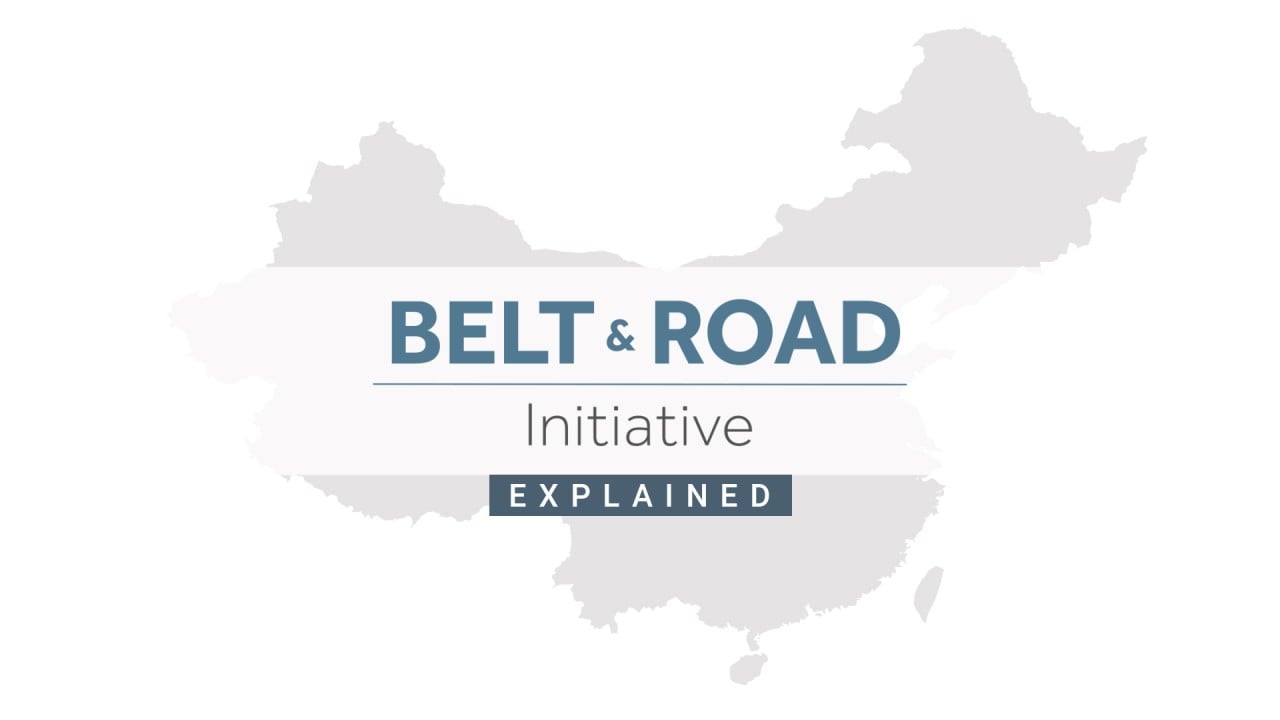Coronavirus recovery: China’s Belt and Road is the ideal route for developing nations
- There can be no global recovery, especially for developing countries, without a recovery in the cross-border flow of capital, goods and services
- As a cosmopolitan, high quality and sustainable network for investment and trade, the Belt and Road Initiative can make a vital contribution to restarting the world economy

Amid a fragmented global response to the virus, this network of 138 countries is uniquely positioned to channel trade and investment to developing countries that lack the resources to revive their own economies.
China cannot do this by itself, though: no country can. If the initiative is to deliver on its potential to support global recovery, it must be a collective effort. It must also live up to the high standards it has set itself for transparency and sustainability.
More than 170 countries beyond the G20 – more than 40 per cent of the world’s population – face a grim double-whammy. On one hand, their health care infrastructure is at risk of being overwhelmed as the virus spreads; on the other, the capital they require to reboot their economies is scarce.

02:35
Belt and Road Initiative explained
For decades, globalisation has delivered greater prosperity and better living standards to countries across the developing world. Investment in infrastructure allowed supply chains to flourish and boosted countries’ international trade. Greater trade led to greater employment and wealth creation.